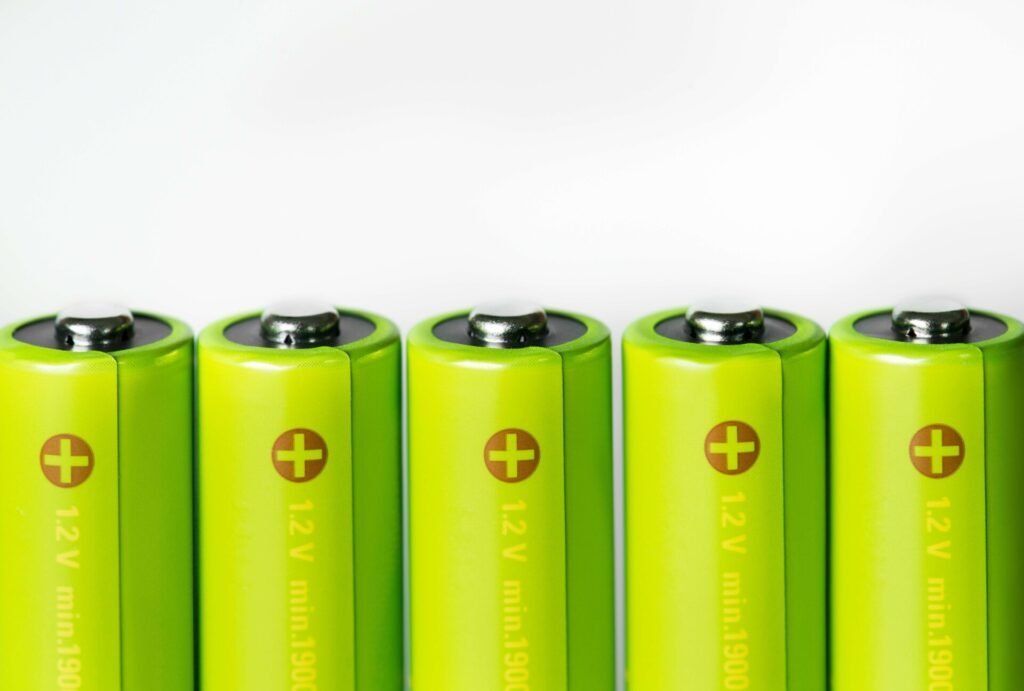A water battery created by Chinese researchers performs safer and uses less energy than conventional lithium-ion batteries. According to the team’s Nature Energy research, this battery outlasts its predecessors considerably, lasting more than 1,000 charge-discharge cycles.
The energy density of a battery, which evaluates its energy capacity to its size and weight, is a critical factor. Although lithium-ion batteries are popular due to their high energy density, their electrolytes often include organic compounds, which increases the risk of fire and explosion. On the other hand, water batteries are a safer option, but they have a lower energy density due to their limited operating voltage range.
The research team, led by Xianfeng Li from the Chinese Academy of Sciences, modified the water electrolyte’s chemistry to enhance energy density and performance to address these challenges. They discovered electrolytic solutions contain various chemicals, influencing different battery performance aspects. Mediators like iodine facilitate electron movement through oxidation and reduction reactions.
The researchers discovered that iodine may transfer up to six electrons every cycle, converting iodide to iodate via redox processes. However, sluggish reaction rates and undesirable byproducts reduce the battery’s energy density. To optimize the mediating redox process, Li’s group created a mixed halogen electrolyte in an acidic solution that contained both iodide and bromide ions.
By adding bromine, which can also transfer electrons, the researchers significantly increased the reaction rate and minimized the formation of undesirable byproducts. Their detailed electrochemical and spectroscopic analyses showed that bromide ions participated in the redox reactions, forming crucial intermediates that boosted electron transfer efficiency.
Next, the researchers conducted experiments to evaluate the impact of this hetero-halogen electrolyte on various battery types. They employed several materials for anodes, including cadmium, often in high-energy portable gadgets. Combined with cadmium anodes, the novel electrolyte nearly quadrupled energy density over traditional lithium-ion batteries.
In addition, the researchers investigated vanadium systems, often used in power plants for grid energy storage. They found that they had an outstanding lifespan, sustaining peak performance for more than 1,000 cycles. They achieved higher energy efficiencies in both circumstances, suggesting that the aqueous hetero-halogen system might be more cost-effective than existing lithium-ion systems.
Furthermore, the researchers expect these significant performance improvements will lead to a greater acceptance of water based batteries as safer, higher-energy-density alternatives to present systems, opening the way for a more sustainable energy future.










